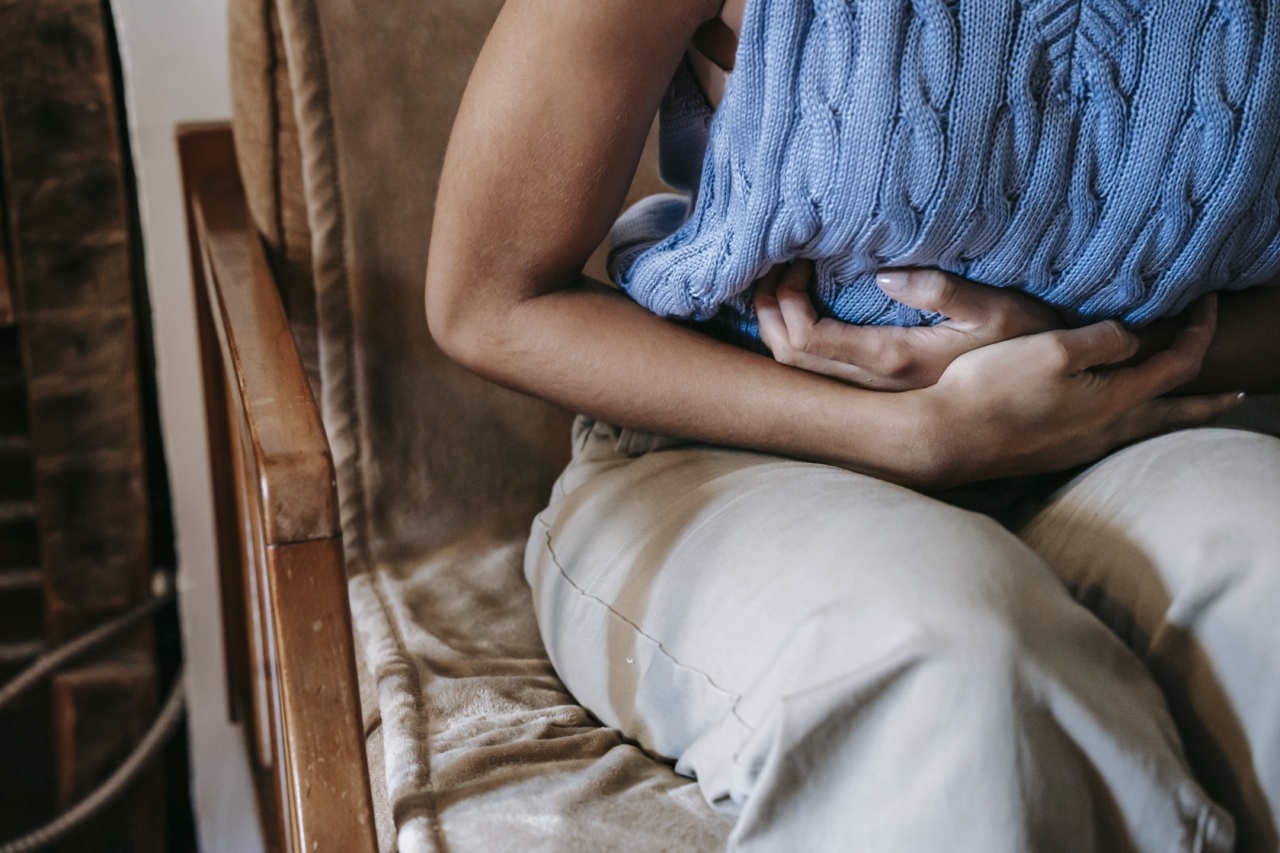Periods or menstrual cycles are a regular part of every woman’s life. While some women experience mild cramps, others go through unbearable pain during their menstrual cycle.
Period pain or dysmenorrhea is a common issue that affects women of all ages. In fact, almost 90% of women experience period pain at some point in their life. In this article, we will discuss the causes of period pain and ways to find relief.
Types of period pain
There are two types of period pain: primary and secondary.
Primary period pain
Primary period pain is also known as menstrual cramps. These cramps are caused by the contraction of the uterus. The uterus is a muscular organ that contracts and expands during the menstrual cycle.
When the uterus contracts, it reduces the blood flow to the lining of the uterus, which results in pain and discomfort.
Secondary period pain
Secondary period pain occurs due to underlying health conditions that affect the reproductive organs. These conditions include endometriosis, adenomyosis, fibroids, ovarian cysts, and pelvic inflammatory disease.
Causes of period pain
The primary cause of period pain is the contraction of the uterus. However, there are other factors that can contribute to period pain.
Hormonal imbalances
During the menstrual cycle, there are changes in the levels of hormones such as estrogen and progesterone. These changes can cause the muscles of the uterus to contract, leading to period pain.
Genetics
Period pain can be hereditary. If your mother or sister experiences severe menstrual cramps, there is a high chance that you may also experience the same.
Stress
Stress can affect the hormonal balance in the body, leading to period pain.
Lifestyle
Unhealthy lifestyle habits such as smoking, alcohol consumption, and lack of exercise can also contribute to period pain.
Finding relief from period pain
There are several ways to find relief from period pain.
Over-the-counter pain relievers
Over-the-counter pain relievers such as ibuprofen, aspirin, and naproxen can provide relief from period pain. These drugs work by reducing the production of prostaglandins, which are responsible for causing the contraction of the uterus.
Heat therapy
Applying heat to the lower abdomen can help relax the muscles and provide relief from period pain. You can use a heating pad or take a warm bath to ease the pain.
Exercise
Engaging in regular exercise can help improve circulation and reduce period pain. However, it is important to choose exercises that are not too strenuous, such as yoga and walking.
Dietary changes
Consuming a healthy diet that is rich in nutrients such as magnesium and calcium can help reduce period pain. Foods such as leafy greens, nuts, and dairy products are rich in these nutrients.
Conclusion
Period pain is a common issue faced by women. While it can be uncomfortable and painful, there are several ways to find relief. Over-the-counter pain relievers, heat therapy, exercise, and dietary changes can help reduce period pain.
If the pain is severe or accompanied by other symptoms, it is important to seek medical attention to rule out underlying health conditions.






























